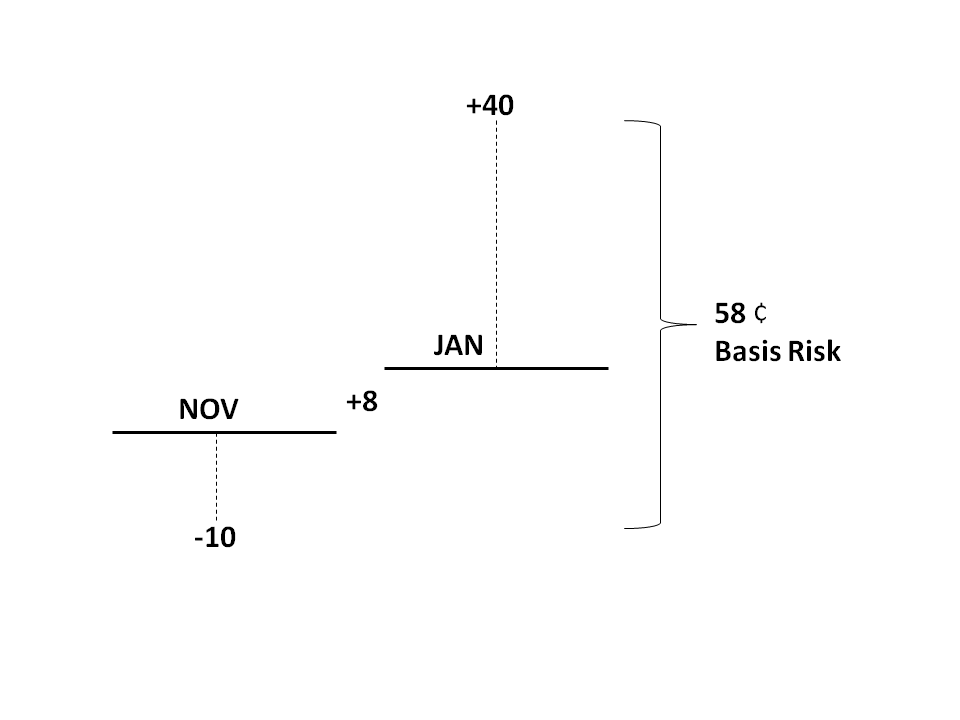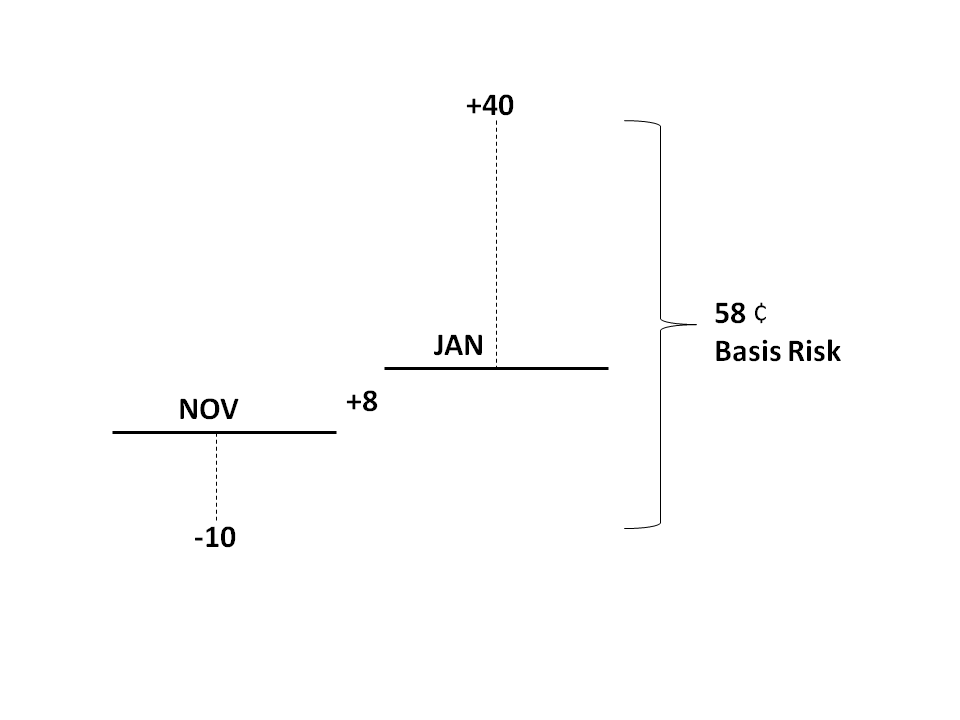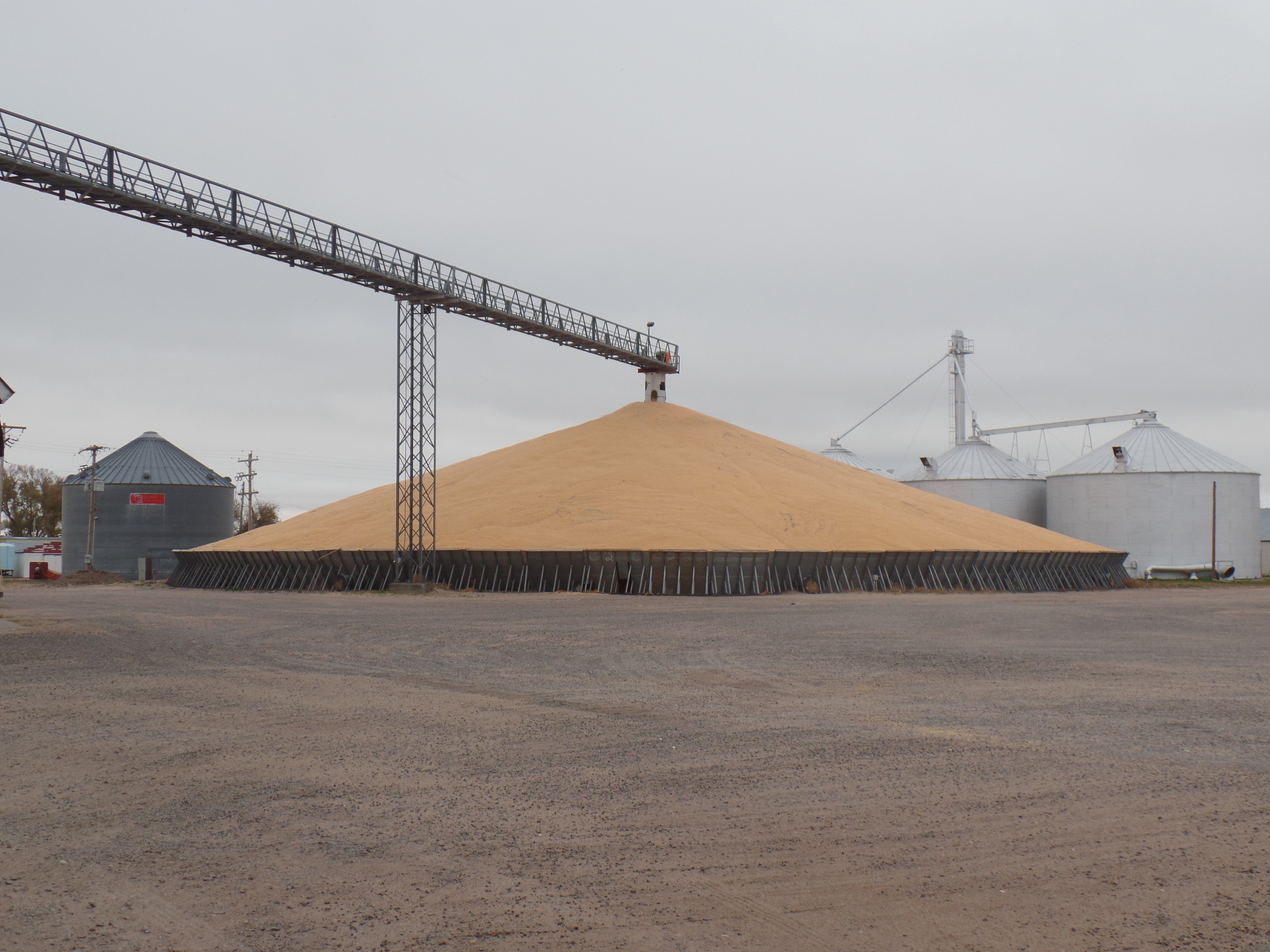Price Later Fees Part 1: Changing Fees & the Grain Merchandising Behind It
Depending on what area you are in, you may hear it called Price Later (PL), Delayed Price (DP), or No Price Established (NPE). All of these terms...
2 min read
Jason Wheeler Oct 7, 2014

Price Later (PL) Fees are unlike any other fees charged by grain elevators. For a background on PL Fees and what causes them to change, check out Part 1 of this Blog Series HERE. Even those with intimate knowledge of PL fees often don’t understand the full impact and purpose behind them.
There are 2 common misconceptions related to PL that can be dangerous to a grain elevator’s profitability if the grain merchandiser believes them:
Misconception #1: PL allows you to sell all you want at harvest and make space for more grain.
While it is true that you do have legal title to the grain and can move it without having any legal ownership fears, selling PL bushels at harvest can be a recipe for disaster financially. As a grain elevator that profits from basis changes, selling the lowest basis of the season at harvest can pretty much guarantee a loss on those bushels in most years. A good grain merchandiser must manage his position in a way that will keep him from ever having to sell PL bushels at low harvest basis levels.
Misconception #2: The PL fee guarantees the elevator will profit on PL bushels in the amount of the PL Fee.
Many look at the PL fee as a guaranteed margin on the bushels because they are charging for all or most of the opportunity cost on their space. However, this fee usually only covers all or most of the basis loss incurred if you have to sell the low harvest basis.
Let’s discuss a real world example of this. As of this week, the current harvest bid for soybeans in St. Louis, MO is -10 November futures and the bid for December delivery soybeans is +40 January futures. There is also an 8 cent carry in NOV/JAN soybean futures. This translates to a 58 cent difference in harvest basis and post harvest basis as illustrated below:

Many look at the above situation and rightly determine that their space is worth 58 cents if they can buy the bushels at harvest and hold them until December. So, let’s say they charge a 58 cent minimum as a result (which would be difficult to do in most areas of the country). They would only make that PL fee as a profit if they held the bushels in their space and didn’t move them. However, if an elevator sells PL bushels at the harvest basis and then must buy those bushels in December when the farmer prices them, the elevator would lose 58 cents on this transaction. Thus, the 58 cent charge only covers their basis loss and the elevator profits nothing. If the elevator charged less than the 58 cent basis risk because they couldn’t get away with charging so much in their area, they would lose money on the bushels.
I could make the argument that in a year like this one, it would make sense for an elevator to charge a $1.16 minimum PL fee to cover the 58 cent basis risk as well as the 58 cent opportunity cost of what the space is worth. We all know that won’t happen, so…
What’s the best way to manage PL bushels at harvest?
-Be aware of the large risk of moving PL bushels at harvest.
-Charge for all of the basis risk associated with PL bushels.
-Set an internal limit on how much PL you will allow in your space before switching to cash only.
-Stick to your plan!
For online courses on this topic and many other topics facing grain elevators, be sure to check out our online course offerings below:

Depending on what area you are in, you may hear it called Price Later (PL), Delayed Price (DP), or No Price Established (NPE). All of these terms...

Despite just wrapping up an intense and at times nauseating, campaign season, I am not referring to politics here. Another way of phrasing this...

1 min read
When you see what appear to be good, well-established, long-standing companies suddenly fall apart it makes you wonder. How do good businesses go...